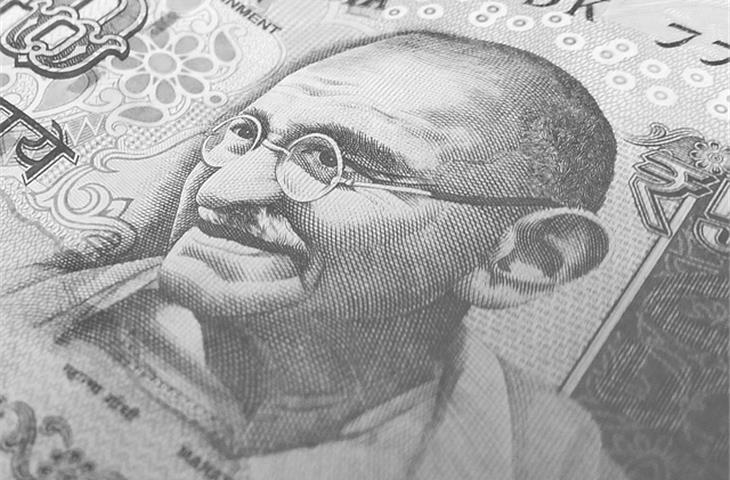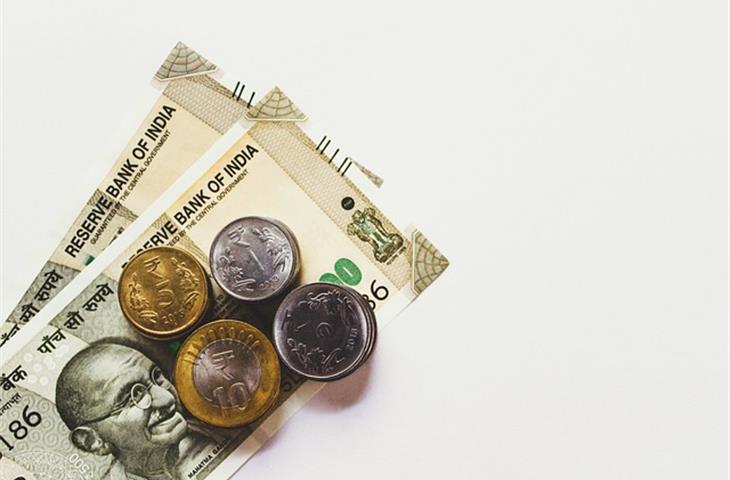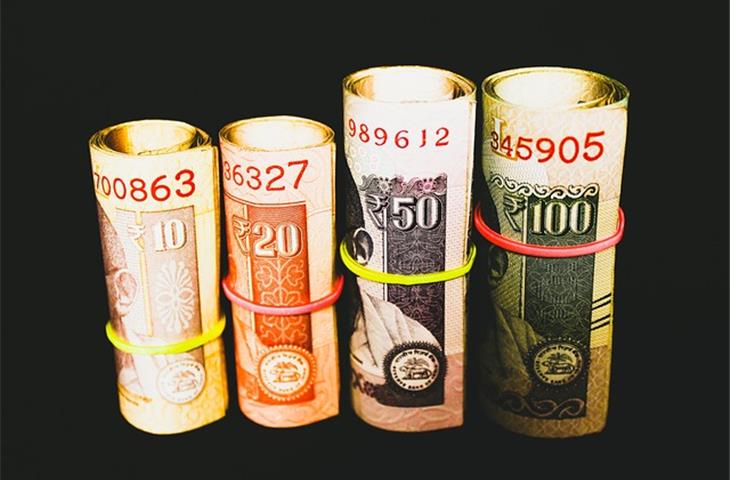The present state of the relationship between the European Union's currency, the euro, and India's rupee remains an intricate subject of profound concern for individuals and corporations engaged in global commerce. The volatile nature of exchange rates can dramatically impact the price of imported items, exports, and personal financial investments. This article aims to elucidate the significance of comprehending the prevailing exchange rate and examine four critical requirements that emerge from this dynamic environment. We shall delve into the complexities surrounding the contemporary euro-to-Indian rupee exchange rate and its far-reaching implications.
1. Influence on International Trade

A fundamental reason to monitor the current exchange rate between the euro and the Indian rupee is its direct bearing on international trade. Enterprises importing goods from Europe or exporting products to the Eurozone must remain cognizant of the prevailing rates to guarantee competitive pricing and sustained profitability. These fluctuating rates can either bolster or undermine these enterprises, contingent upon whether they are procuring or selling in foreign currencies.
2. Travel and Tourism

Travelers charting journeys to Europe or Indian nationals visiting home frequently need to contemplate the exchange rate between the euro and the Indian rupee. The rate influences the quantity of local currency they can convert, thereby impacting their travel finances. Acquaintance with today's exchange rate empowers individuals to strategize their expenditures and make judicious choices regarding their travel plans.
3. Investment and Portfolio Management

Investors holding a segment of their portfolio in euros might wish to keep a vigilant watch on the exchange rate to Indian rupees. Fluctuations in the rate can sway the overall worth of their investments. By observing today's exchange rate, investors can recalibrate their portfolio allocations and formulate strategic decisions to optimize returns.
4. Personal Transactions
Participants in personal transactions, such as remittances, can also derive benefits from knowledge of today's exchange rate. Transferring funds from one nation to another typically necessitates currency conversion, and the current rate can substantially influence the sum received by the beneficiary. Monitoring the exchange rate can assist individuals in conserving money on transaction fees and ensuring they secure the optimal value for their capital.
Let us now scrutinize the elements that shape the exchange rate between the euro and the Indian rupee and how these elements can influence the four pivotal needs outlined above.
Elements Shaping the Exchange Rate
1. Economic Stability: The economic stability of both the Eurozone and India serves as a pivotal determinant in shaping the exchange rate. Factors like inflation rates, GDP expansion, and joblessness rates can sway the demand for both currencies.
2. Political Stability: Political stability is another element that can influence the exchange rate. Matters such as political discord, elections, or alterations in governmental policies can instigate market uncertainty and volatility.
3. Trade Balance: The trade equilibrium between the Eurozone and India also impinges on the exchange rate. A trade surplus (where a country exports more than it imports) can fortify the currency, whereas a trade deficit (where a country imports more than it exports) can undermined the currency.
4. Market Sentiment: Market sentiment, inclusive of investor trust and anticipations about prospective economic performance, can equally influence the exchange rate. Optimistic sentiment can spawn a stronger currency, whilst pessimistic sentiment can engender a weaker currency.
Impacts on Pivotal Needs
1. Influence on International Trade: As stated previously, fluctuations in the exchange rate can alter the cost of imports and exports. Companies necessitate up-todateness on the prevailing rate to ensure they can persist in their marketplace competitiveness.
2. Travel and Tourism: Travelers can profit from advantageous exchange rates by scheduling their trips at opportune moments. Knowledge of today's exchange rate can aid them in planning their travel expenditure and optimizing their monetary resources.
3. Investment and Portfolio Management: Investors can readjust their portfolio allocations in accordance with the current exchange rate. By comprehending the elements that shape the rate, they can make informed decisions to optimize their investments.
4. Personal Transactions: Participants in personal transactions can economize by monitoring the exchange rate. They can select the appropriate moment to execute transactions, such as remittances, to ensure they secure the optimum value for their capital.
In summation, comprehension of today's exchange rate between the euro and the Indian rupee is indispensable for individuals and corporations engaged in international transactions. By tracking the rate and its shaping elements, stakeholders can make informed choices and alleviate the risks associated with currency fluctuations.
